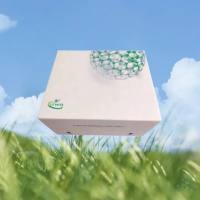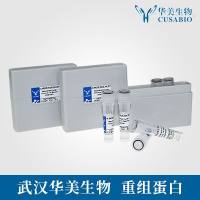It has long been known that tissue dendritic cells (DC) are bone-marrow-derived (1 ,2 ). However, early attempts to generate DC from the bone marrow gave only low numbers, presumably because maturation and survival signals required in vivo could not be provided in vitro (3 ,4 ). The availability of recombinant cytokines and the observations that DC in culture are dependent on cytokines such as granulocyte-macrophage colony-stimulating factor (GM-CSF) (5 ,6 ) and IL-4 (7 ,8 ) have revolutionized DC research. This allowed in vitro cultures of bone marrow cells to be supplemented with factors that promoted the maturation and survival of DC precursors into typical DC as judged by phenotype and function. Several years ago Inaba and colleagues reported such a method for murine bone marrow (9 ). They showed that mouse bone marrow cells depleted of erythrocytes, B cells, and T cells and cultured with recombinant GM-CSF, after 7 d gave rise to cells that were stimulatory in the allogeneic mixed lymphocyte reaction (MLR), the “gold standard” for DC. These cells also expressed typical DC markers such as high MHC class I and MHC class II and other costimulatory molecules. Culture of DC from human bone marrow is possible but more problematic as it is difficult to obtain in large amounts (10 -12 ).






